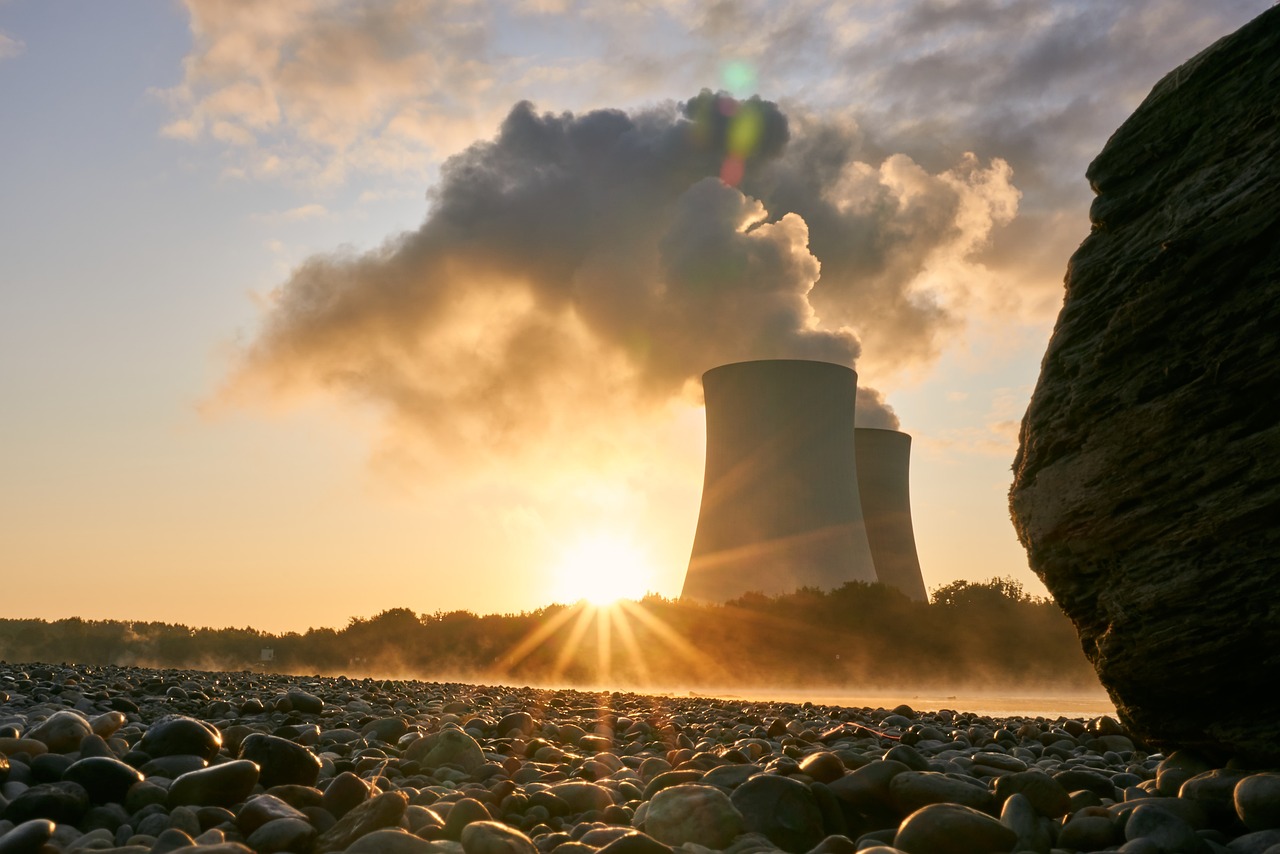News
India is about to Put into Operation Fast Breeder Reactors
According to a report on the "Russia
Today" TV website on October 25, a large nuclear reactor that will be put
into operation in India this year is likely to become the country's most
important source of renewable energy. The fast breeder reactor is one of a kind
that uses specially designed thorium fuel rods.
This 500-megawatt nuclear reactor will be
built in Kalpakkam on the Bay of Bengal and is part of India's
"three-step" nuclear energy plan strategy. Fast breeder reactors are
different from traditional nuclear power plants in that they produce more
nuclear fuel than they consume during operation.
"These reactors are a bridge to the
future and they can provide an almost unlimited supply of electricity,"
said Mikhail Chudakov, deputy director general of the International Atomic
Energy Agency (IAEA). Director Yukiya Amano said: "Fast neutron reactors
can extract 70% more energy than traditional reactors and are safer, while also
exponentially reducing the long-term radioactive waste produced."
According to reports, the United States,
Japan and France have been trying to develop their own fast neutron reactor
technology, but have not been successful due to technical and safety reasons.
India's rapid development requires the support of energy, and its research on
fast neutron reactor technology has lasted for 27 years. At present, India has
cooperated with the Russian State Atomic Energy Corporation (Rosatom) to
develop a new generation of nuclear energy reactors and participated in
Russia's fast neutron reactor research project.
Currently, the only commercial fast neutron
reactor in operation in the world is the Beloyarsk Nuclear Power Plant in the
Ural Mountains of Russia. Russia's fast neutron reactor uses uranium, while
India's uses thorium fuel rods.
According to reports, India has 25% of the
world's thorium resource reserves, more than any other country. India's thorium
reserves are estimated at 360,000 tons. Fast neutron reactors are one of
India's long-term goals to build an energy storage and use cycle. Conventional
nuclear reactors use a rare isotope of uranium called U-235, while most U-238
is never used. Fast neutron reactors can convert uranium U-238, considered
nuclear waste, into usable energy and produce less waste than traditional
nuclear reactors and are safer.

RELATED NEWS
- All of Ecuador’s Exportable Crude Oil in 2018 will be Used to Pay for Oil Pre-sa
- Gas Pipeline Attacked and Exploded in Southwestern Pakistan
- Orders are Booming, Shipments are Continuing & BANDON’s New Store is Grandly Ope
- BANDON Inverter Five-in-one Dehumidification and Constant Temperature Heat Pump
- BANDON 2024 Northeastern Art Exhibition
